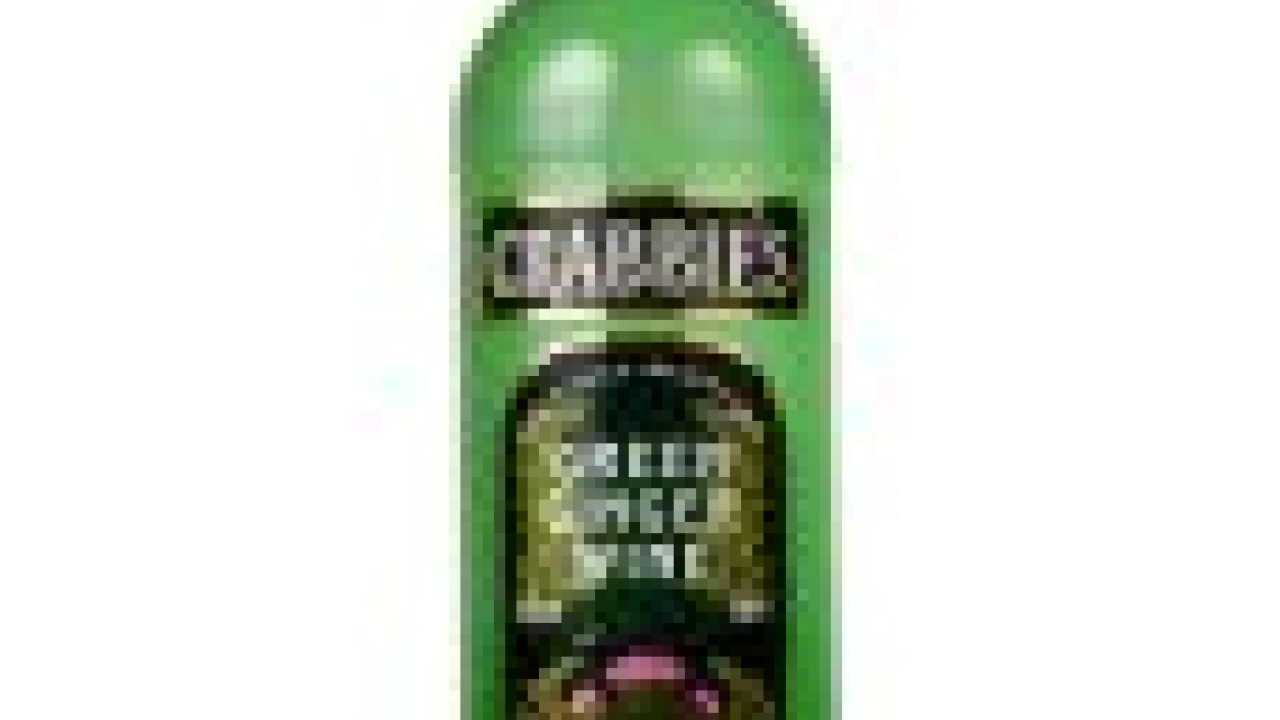Beverages ‘fastest-growing segment for self-adhesive labels’

The beverage market was the third largest sector for self-adhesive labels in
‘In an age of abundance, design has become crucial in building and maintaining brand value,’ said Jules Lejeune, managing director of Finat. ‘And this is especially true for premium products. Self-adhesive technology offers marketing departments a wide choice of label shapes and film finishes, which bring added cachet to a bottle and set it apart from the rest of the pack. With a choice of paper or filmic material and the ability to combine different printing and finishing processes, brewers can significantly improve shelf impact by incorporating several different colors and finishes to their label including metallic, tactile, gloss and matte.’
‘The no-label look is a good example of the type of innovation being adopted by the global brands in both the beer and spirit segments,’ said
It’s not only premium beer segment that has benefited from self-adhesive labels, says the report. The flavored alcoholic beverage (FAB) segment has experienced double digit growth over the last five years. While penetration of self-adhesives is now high in this segment, it does appear to be peaking, according to the report.
Self-adhesive has also dominated the premium glass-bottled mineral water market, although growth in this segment slowed recently as consumers looked closer at their spending budgets and governments and agencies around the globe started to question the environmental value of bottled water.
New growth opportunities also lie in the high-value spirits end of the market (whisky, vodka, etc.). The secondary packaging and security features – required to prevent tampering and provide proof of authenticity – offer growth potential for self-adhesives in the segment. Holograms, security and other anti-thief devices can be built into self-adhesive labels, extending the value of the label well beyond promotion.
The report also highlights some of the challenges and opportunities facing the self-adhesive industry. Technical challenges related to the removal of labels on returnable bottles are already collaboratively being addressed by the major laminators and label converters around the globe.
The beer sector has also traditionally invested heavily in glue applied application equipment – mainly driven by its lower cost and comparatively faster labeling speed. However, as existing equipment moves into retirement, bottling plants will start to invest in more up-to-date modular, rotary label applicators, the report states. This will open up opportunities to add decoration options by including a self-adhesive label module.
‘Due the multiple material and print options self-adhesive labels have always seen demand from brand marketers and packaging designers. Today however the technology is also embraced by operations and packaging managers. The advent of modular high speed application technology has allowed the beverage sector to take advantage of the efficiencies and line benefits that led so many other industries to adopt what is now the dominant global labeling method,’ said Matt Davies, marketing manager at Spear. US-based label converter Spear won the Best in Show prize in of Finat’s 2009 Label Awards for the label for Crabbie’s Green Ginger wine, pictured.
Highlights of the report include:
- Self-adhesive labels accounted for 33 percent of global label laminate production in 2008
- Self-adhesive was the dominant label technology in the European product decoration market, with 45 percent (5,300 million square meters) of all label materials consumed in 2008; this compared to glue applied (41 percent), shrink sleeving (7 percent), in-mold (3 percent)
- In 2008, the European market for beverage labeling using self-adhesive materials was 430 million square meters
- Beverage market ranked third (after food and retail) with 10 percent of all self-adhesive being used for beverage labeling
- During 2005-2008, the beverage segment was one of the fastest-growing markets for self-adhesive labels
- Short term forecast remains flat due mainly to the existing installed base of glue applied labeling lines which provides barrier
- Modest growth is forecast for mid-long term, as new investments are made in modular rotary applicators which will include self-adhesive modules
Click here for more stories about Finat on L&L.com.
Stay up to date
Subscribe to the free Label News newsletter and receive the latest content every week. We'll never share your email address.

